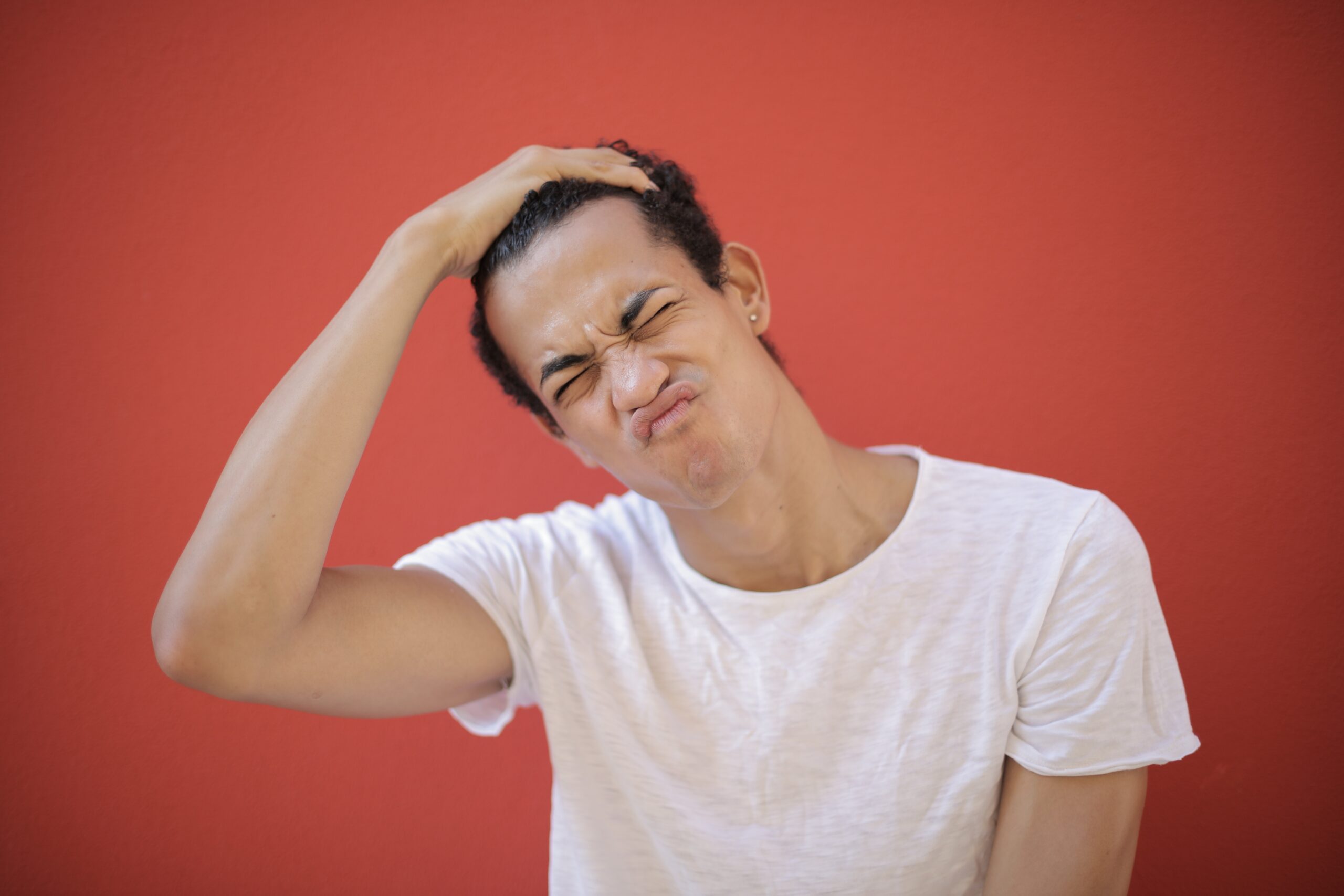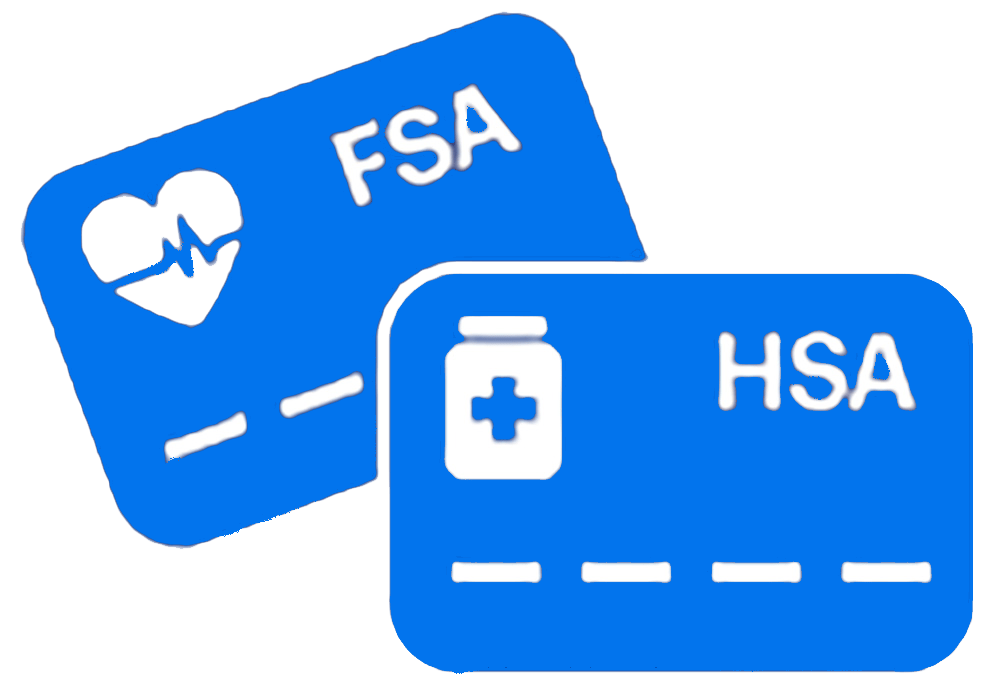Is there treatment for mold exposure? Yes, treatments for the symptoms of mold exposure are available but are not always necessary. The truth is, people are exposed to molds every day. These organisms are a natural part of the environment and cannot be eliminated completely. Most species are harmless. In fact, they play an important role in the ecosystem by breaking down dead organic matter, such as plants, leaves, insect and animal carcasses and dead trees. Mold isn’t usually a problem unless someone is abnormally sensitive to its presence or the mold species has overrun the area. Molds are fungi. These are tiny parasitic creatures that reproduce by releasing spores into the air. It’s these spores that can get into the nose and airways and cause symptoms such as:
- Headache
- Coughing and runny nose
- Sneezing and watery eyes
- Fatigue
Mold spores can also cause an existing case of asthma to dramatically worsen and can produce severe infections in those individuals whose immune systems are already compromised. These may be people with AIDS, those being treated for certain cancers, people taking steroid medications and both the very young and the very old. The compounds in molds that can make some people sick are called mycotoxins. However, these mycotoxins are not necessarily present all the time. Molds produce these toxins only as a type of defense against the presence of bacteria or other mold species. If these aren’t present, mycotoxins won’t be, either.
Molds require oxygen, a food source and moisture to grow. They prefer warm, enclosed spaces such as damp basements and under sinks where pipes may be leaking. They are also commonly found in attics and on the reverse side of drywall where it may be damp from plumbing problems and small roof leaks. Molds may appear to be fuzzy, powdery or slimy and can be found in a variety of colors ranging from green to white to orange, pink or black. Molds typically emit a dank, musty, characteristic odor. Molds like to invade carpeting along baseboards and in closets where there may be some undetected moisture coming from somewhere in the house.
Black Mold
The classic “toxic black mold” is actually a species called Stachybotrys chartarum. This species has been associated with a potentially fatal disease of infants called acute idiopathic pulmonary hemorrhage. Idiopathic is a medical term referring to something of unknown origin. This disease seems to appear out of nowhere and can cause severe bleeding in the lungs. While there is no conclusive proof that this black mold causes acute idiopathic pulmonary hemorrhage, mold should never be allowed to flourish in your home. Besides the possible reactions and physical symptoms it may cause, all molds are destructive and can cause major damage to a home over time. There are professional mold remediators trained to detect and safely remove mold growing in your home. Leave this job to them. Unless it’s a very small patch in the shower, for example, which can be removed with a household bleach solution, leave the mold removal to the professionals.
Treatment for Mold Exposure
There is no specific cure for the symptoms of mold exposure. Treatment is mostly supportive. Once the source of the mold is removed, symptoms will abate over time. However, this can take anywhere from a few weeks to a few months and in some cases, even over a year. Everyone is different and will not necessarily have the same reaction to mold as someone else. Treatments for mold symptoms include:
- Antihistamines
- Nasal saline rinse
- Nasal steroids
- Oral and nasal decongestants
- Montelukast
Montelukast works to improve mold symptoms by blocking substances called leukotrienes. Antihistamines block histamine, a substance released by the body in response to an allergen. This will help with sneezing, coughing, itching and watery eyes. Nasal steroids work to reduce inflammation in the nasal cavities, while a plain water and saline rinse may help to flush mold spores out of the nose.
Supportive Integrative Medicine
Integrative medicine is a medical specialty similar in philosophy to that of holistic medicine. Integrative physicians focus on treating the whole body, using alternative therapies to treat and eliminate other possible mold exposure symptoms, such as joint pain, edema, insomnia and mood swings.
We Can Help
We specialize in treating patients with possible mycotoxin exposure symptoms. We use a comprehensive approach including detoxification, nutritional support, acupuncture and other holistic-focused remedies designed to eliminate toxins from the body’s systems. Medications, while often valuable, only treat symptoms, not the cause. For more information, just call us at 205-352-9141. Our professional staff will assist you, answer your questions and if you wish, set an appointment for you to see one of our specially trained physicians. We warmly welcome new patients and look forward to your call.










